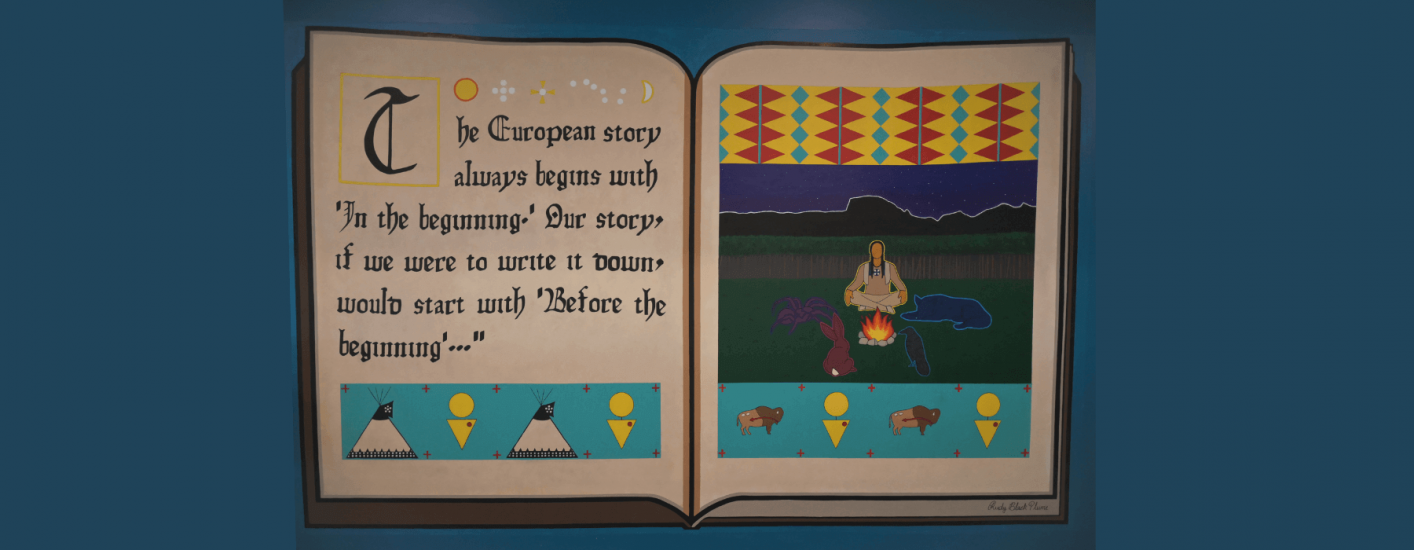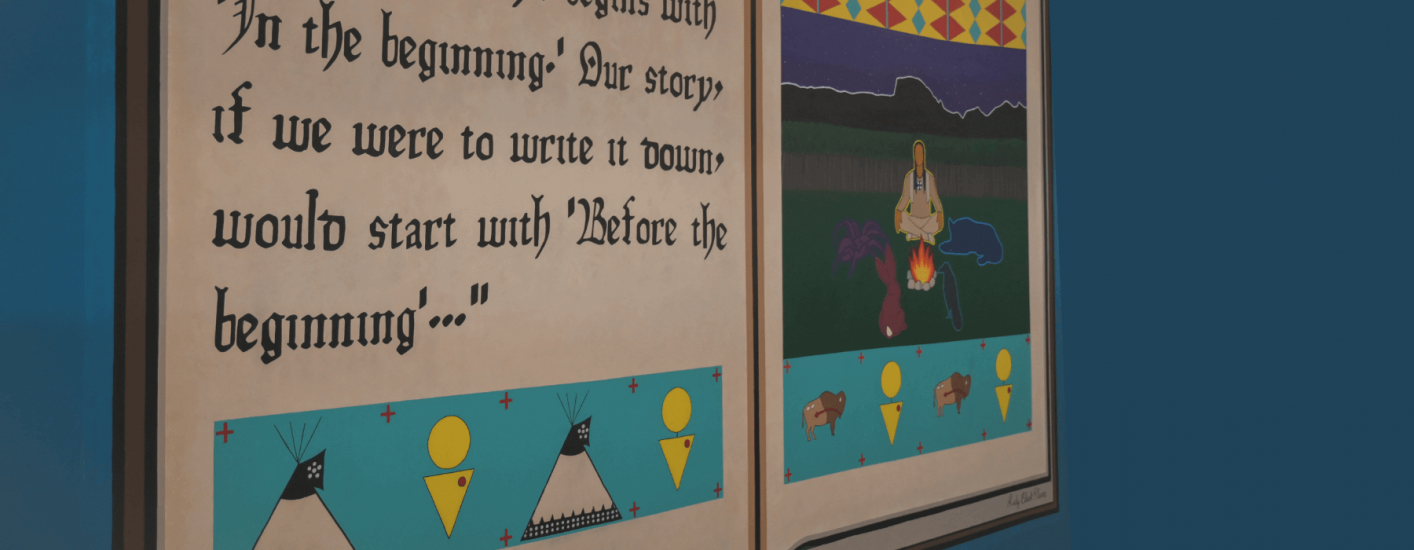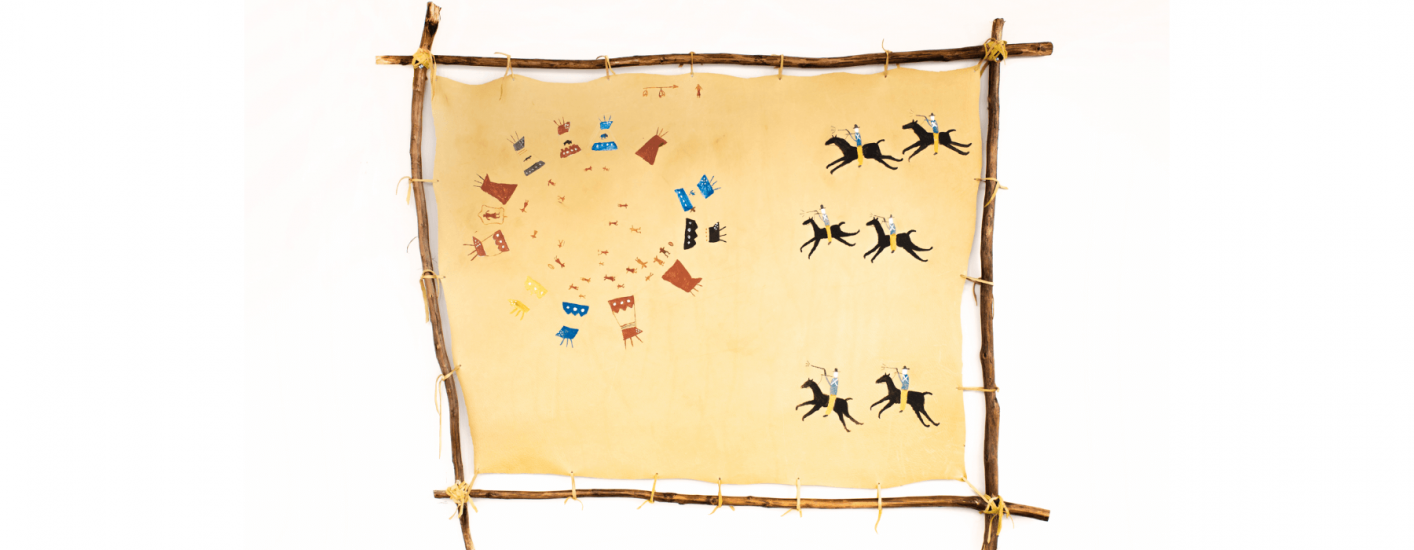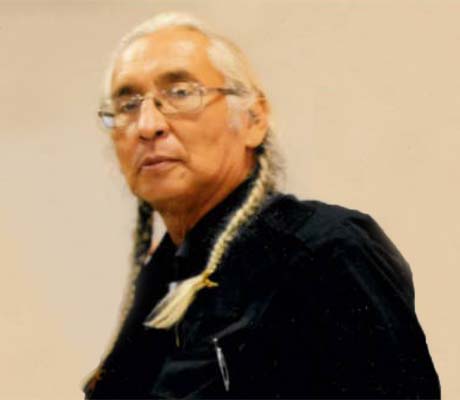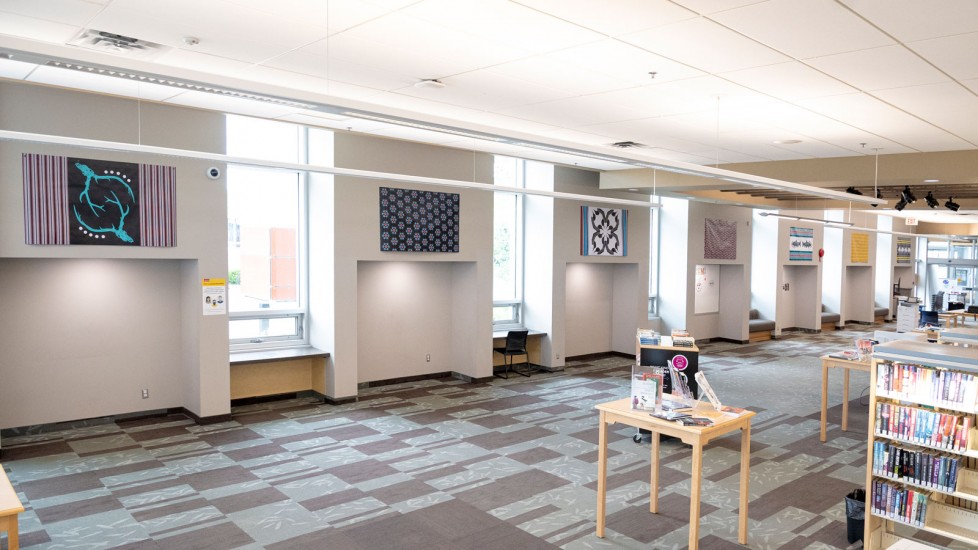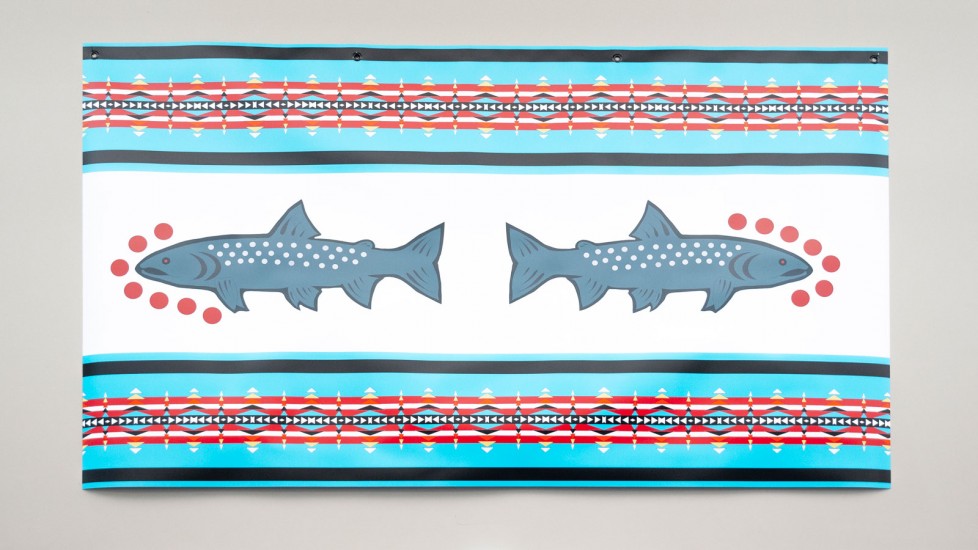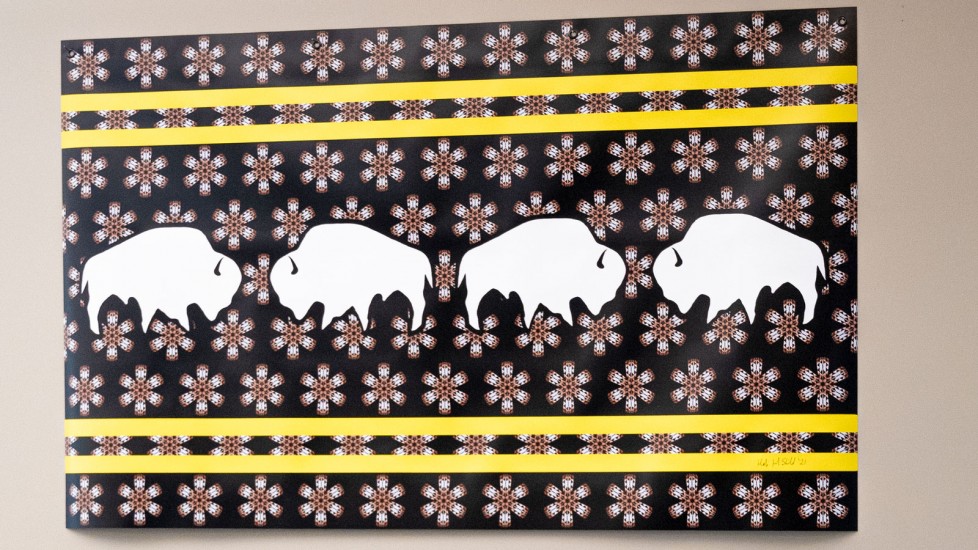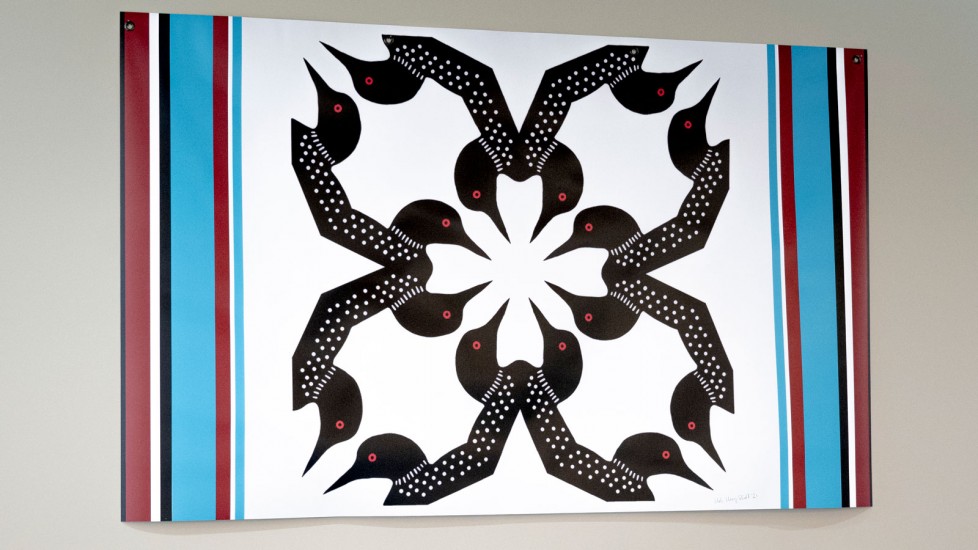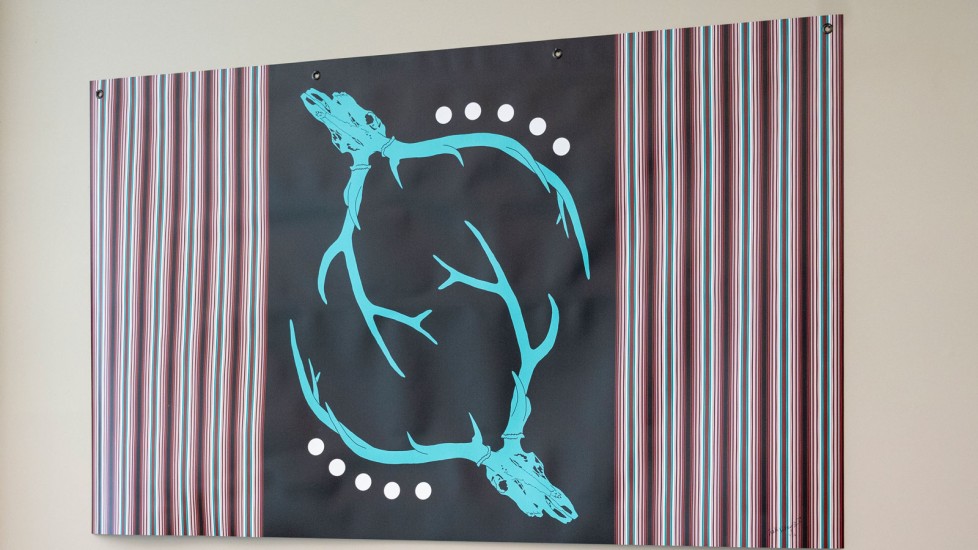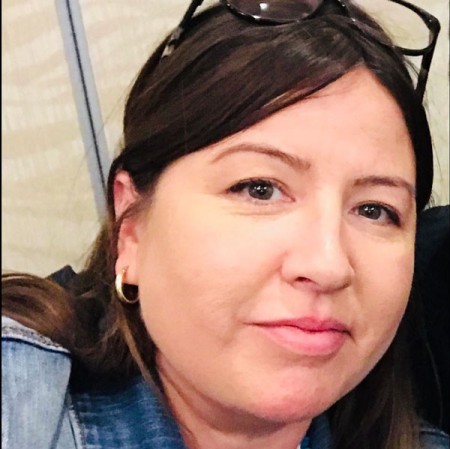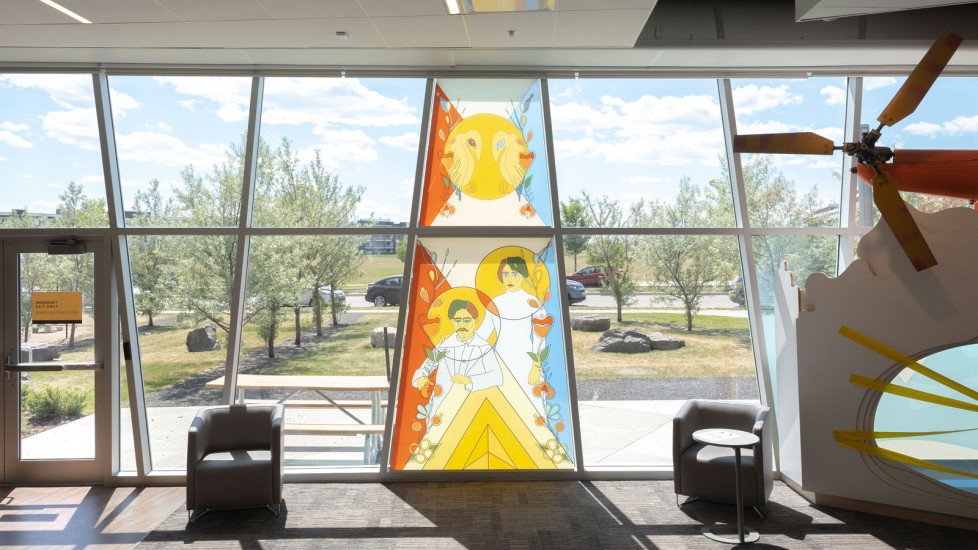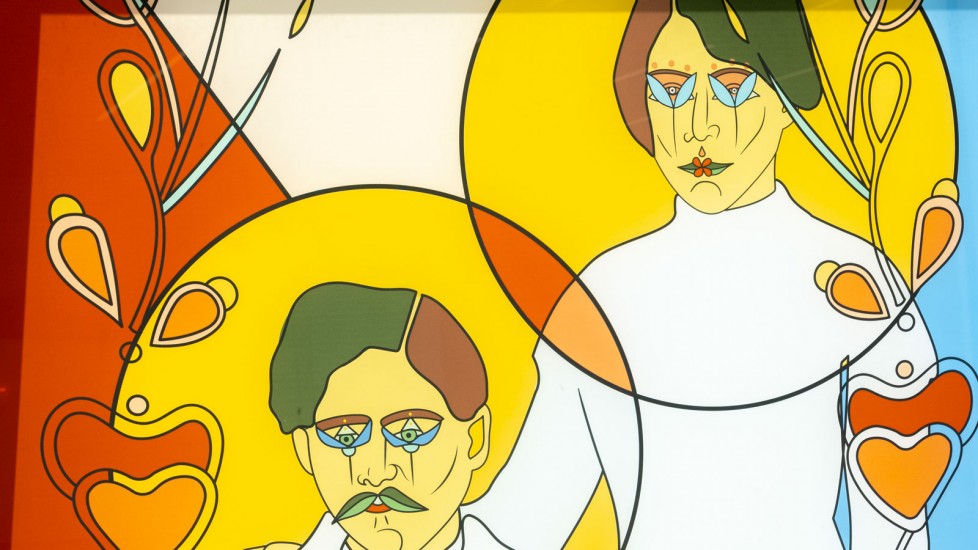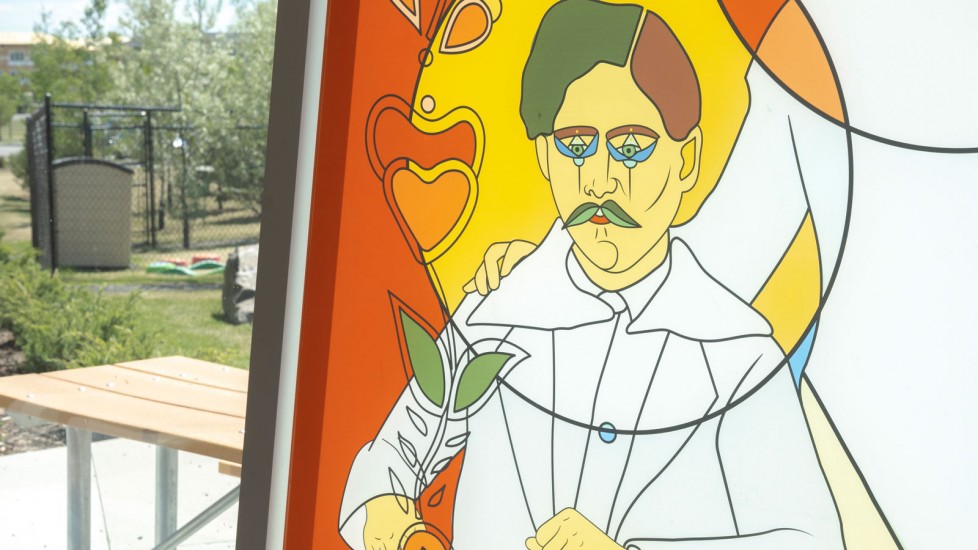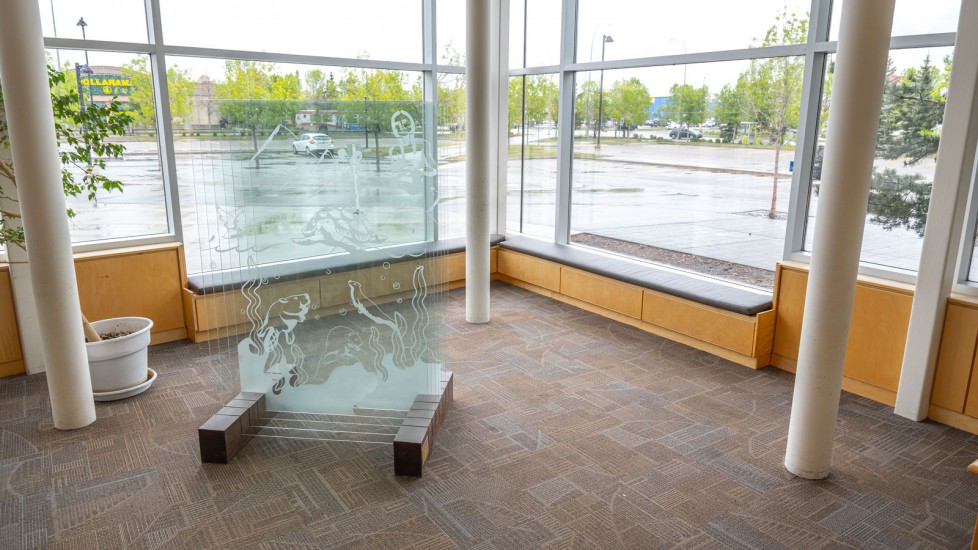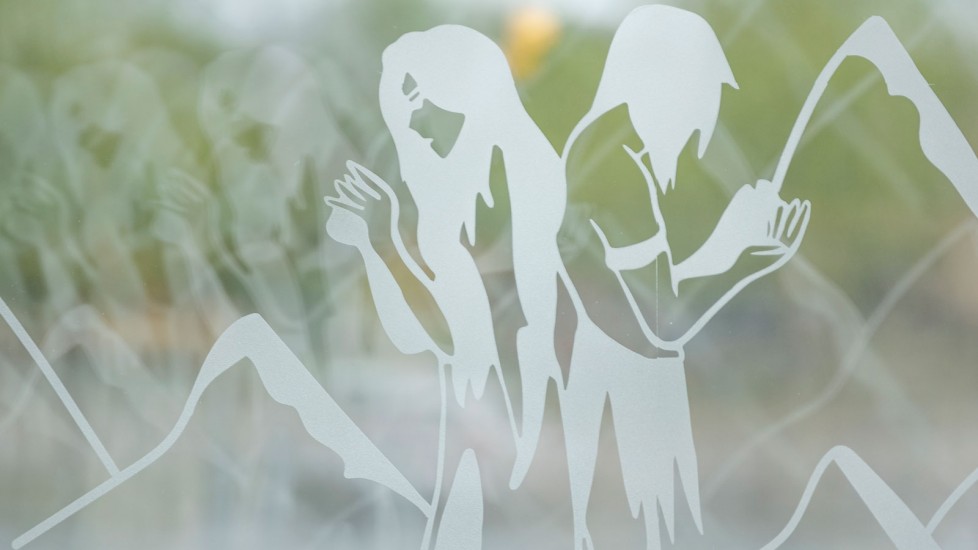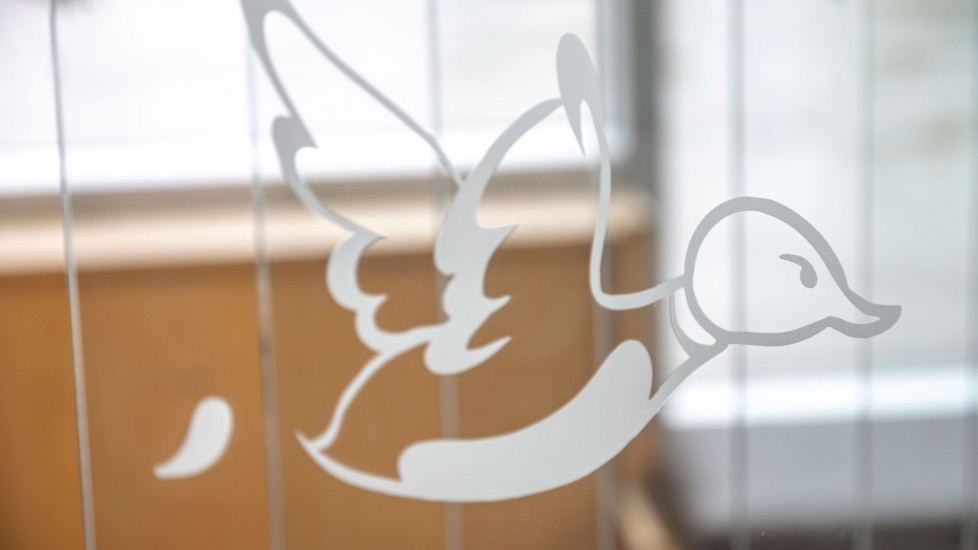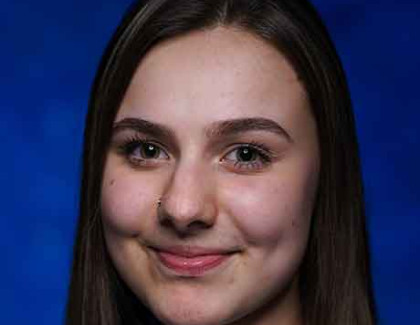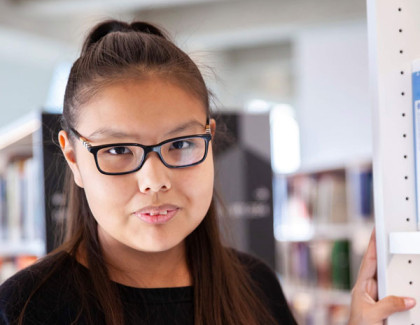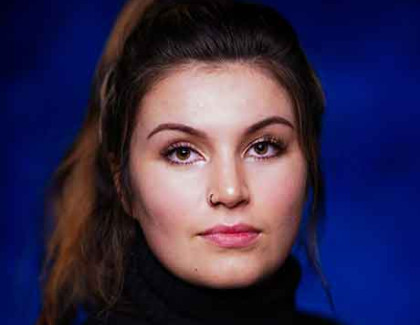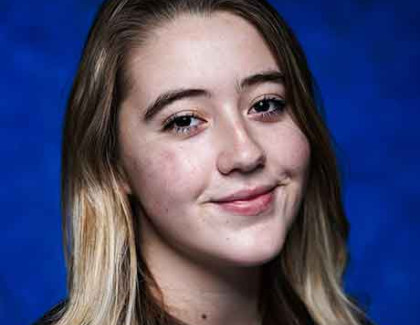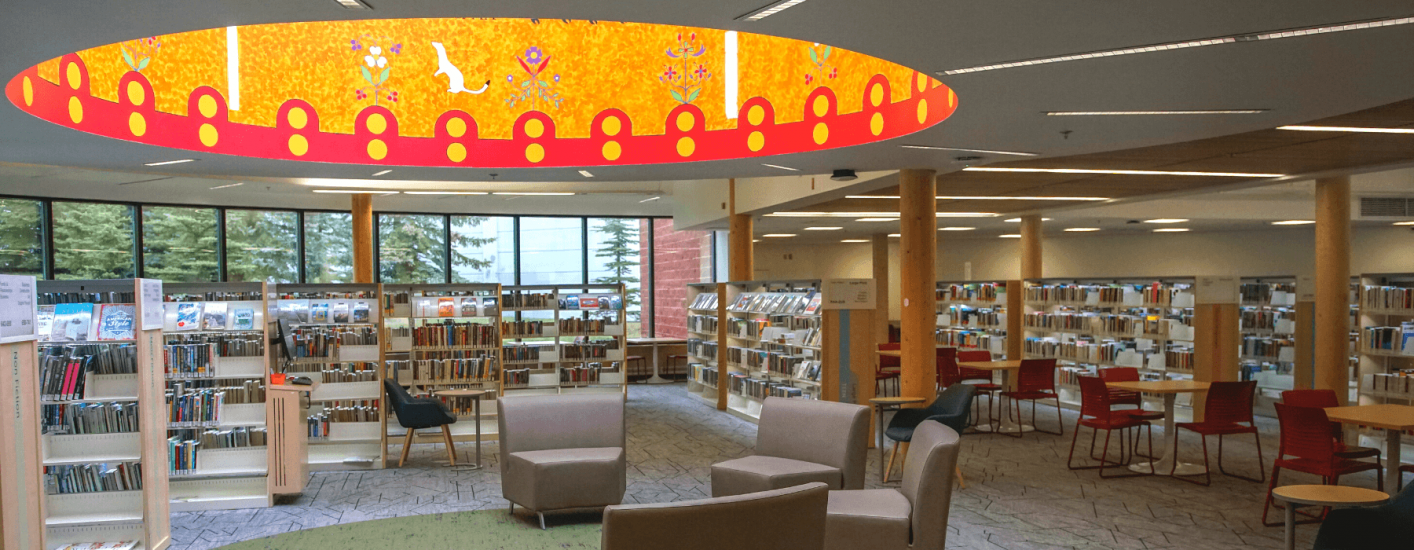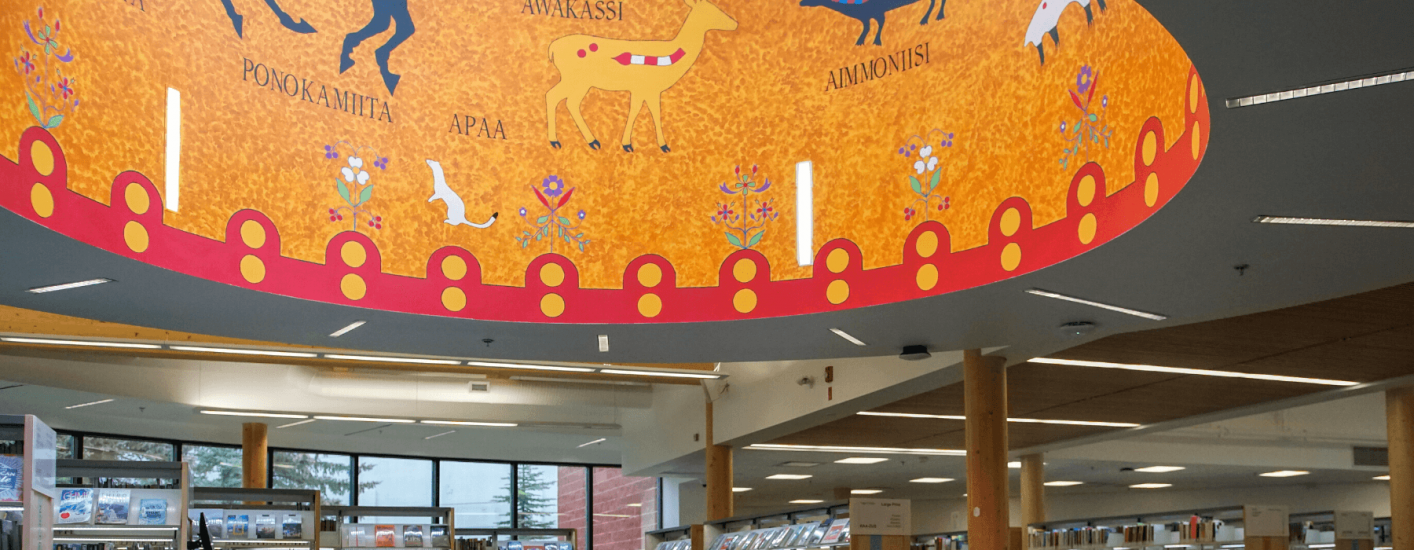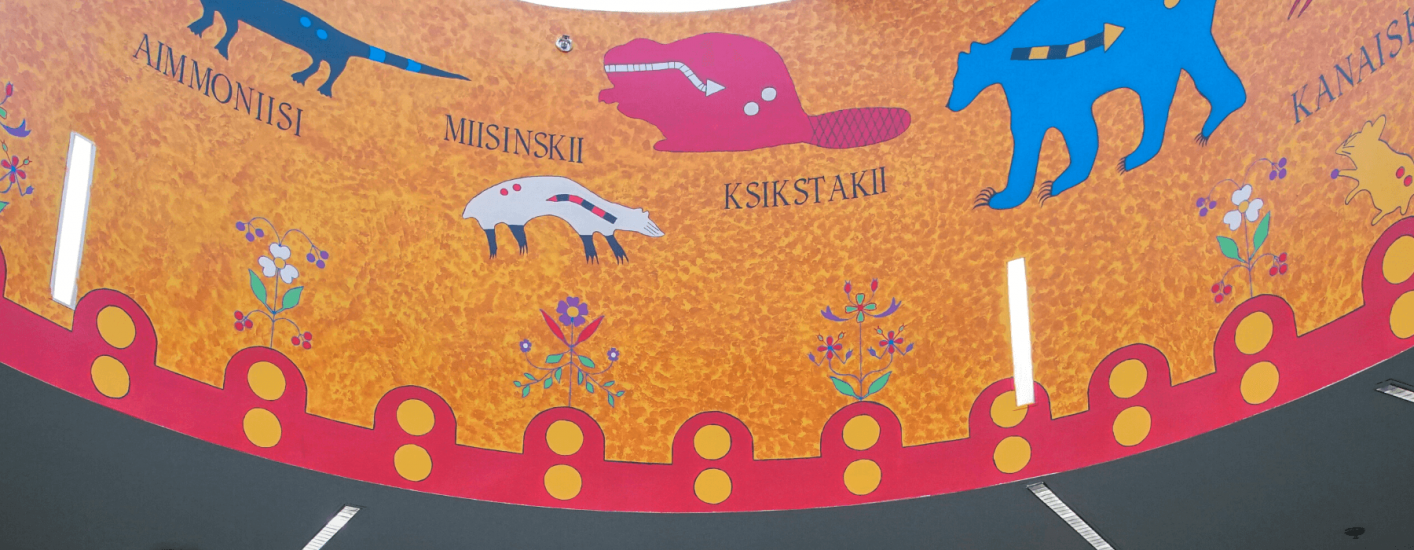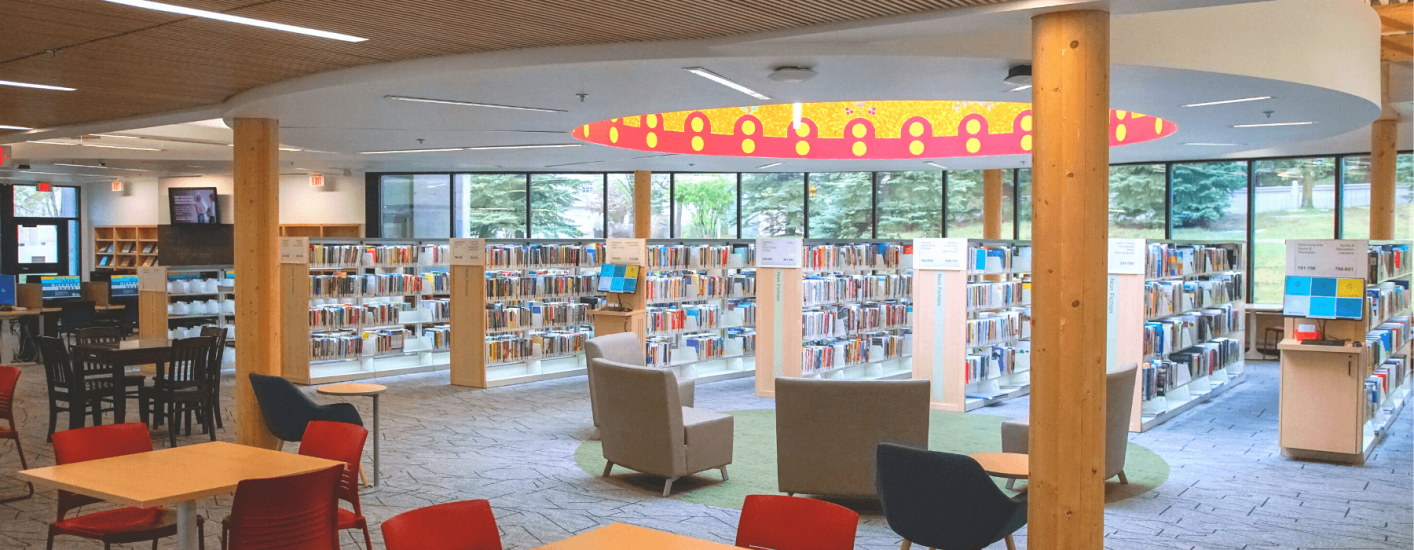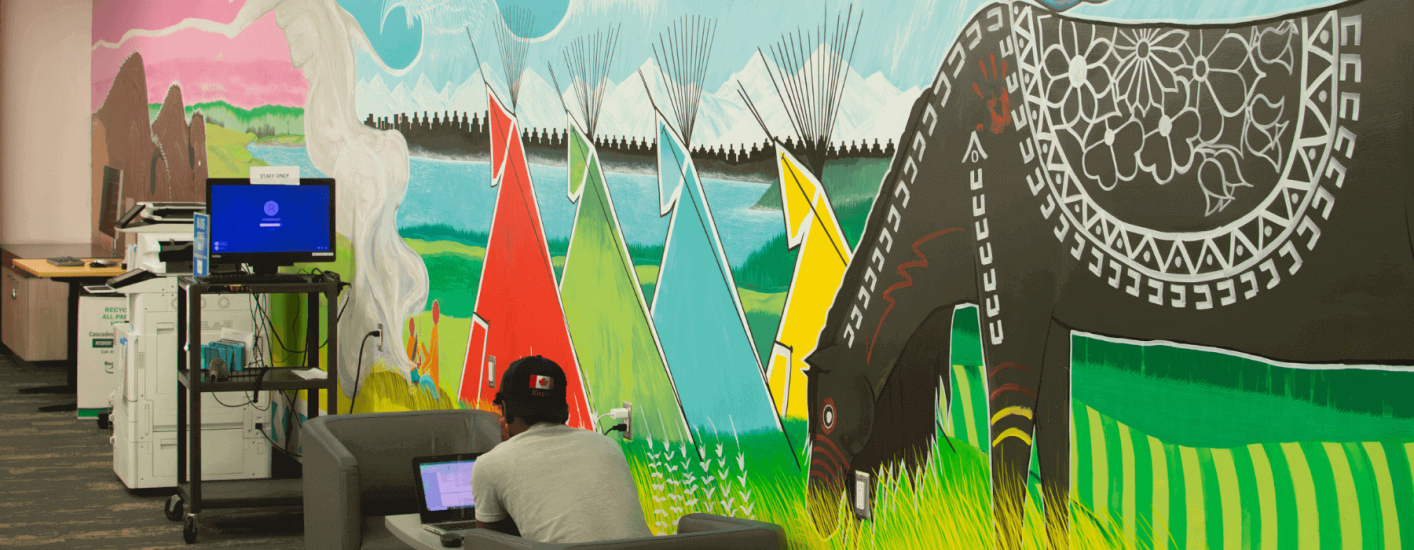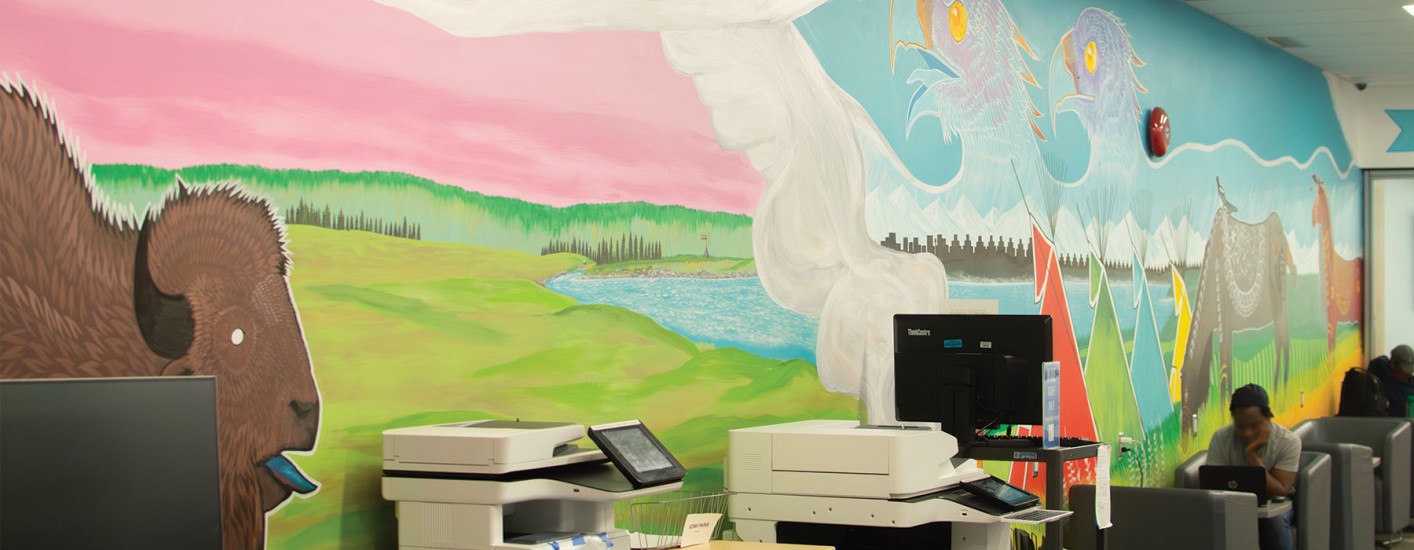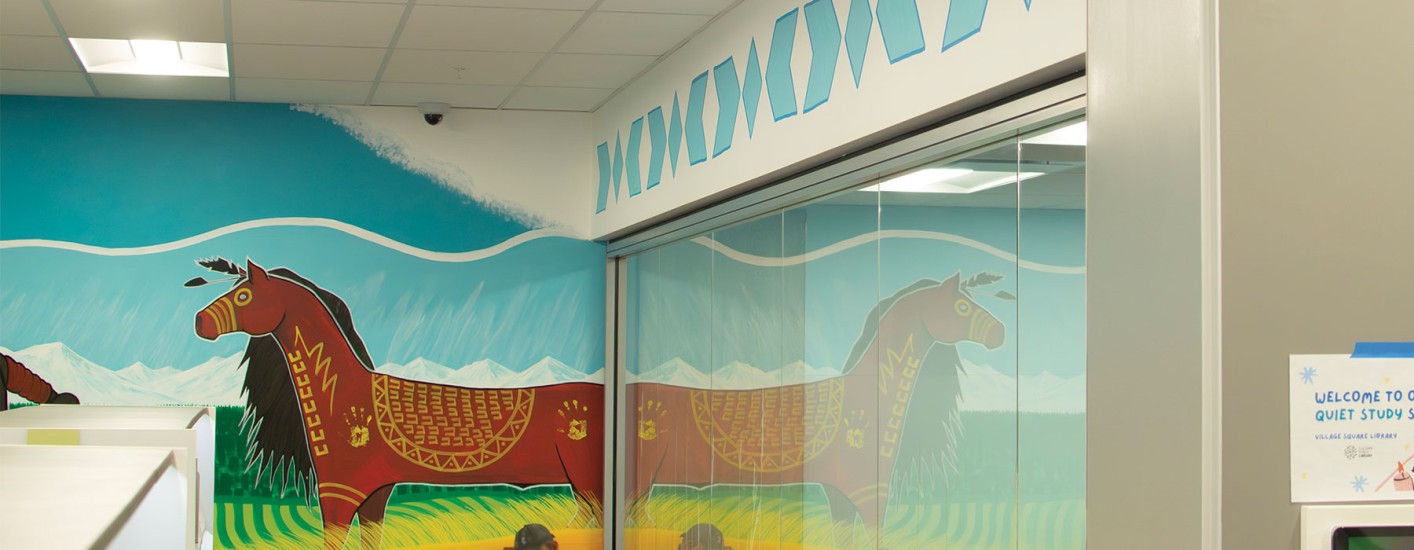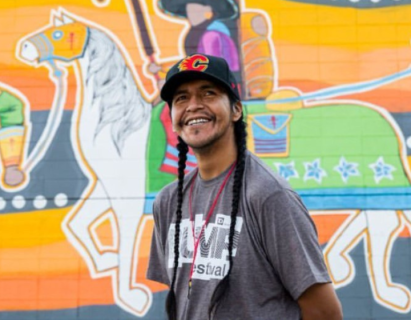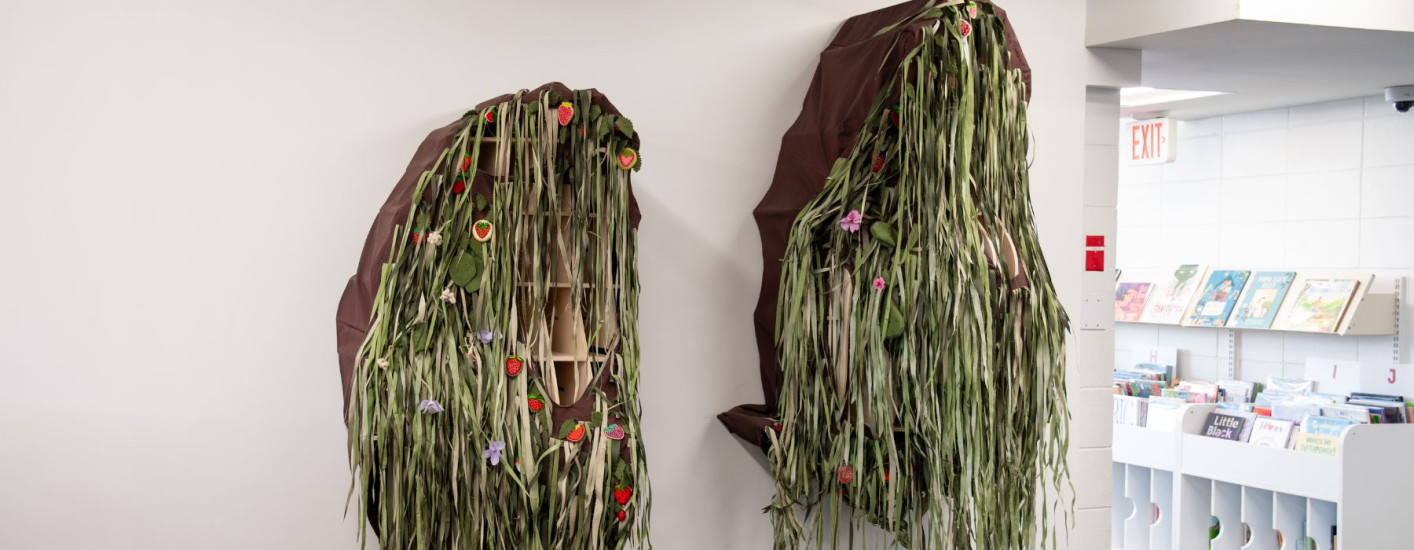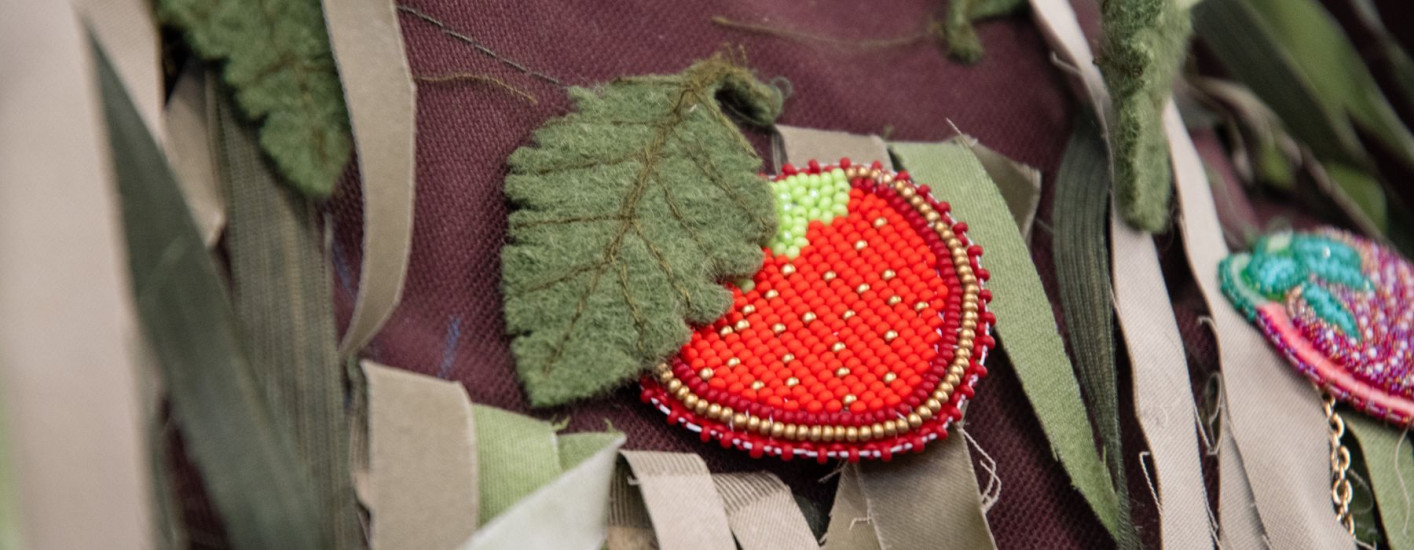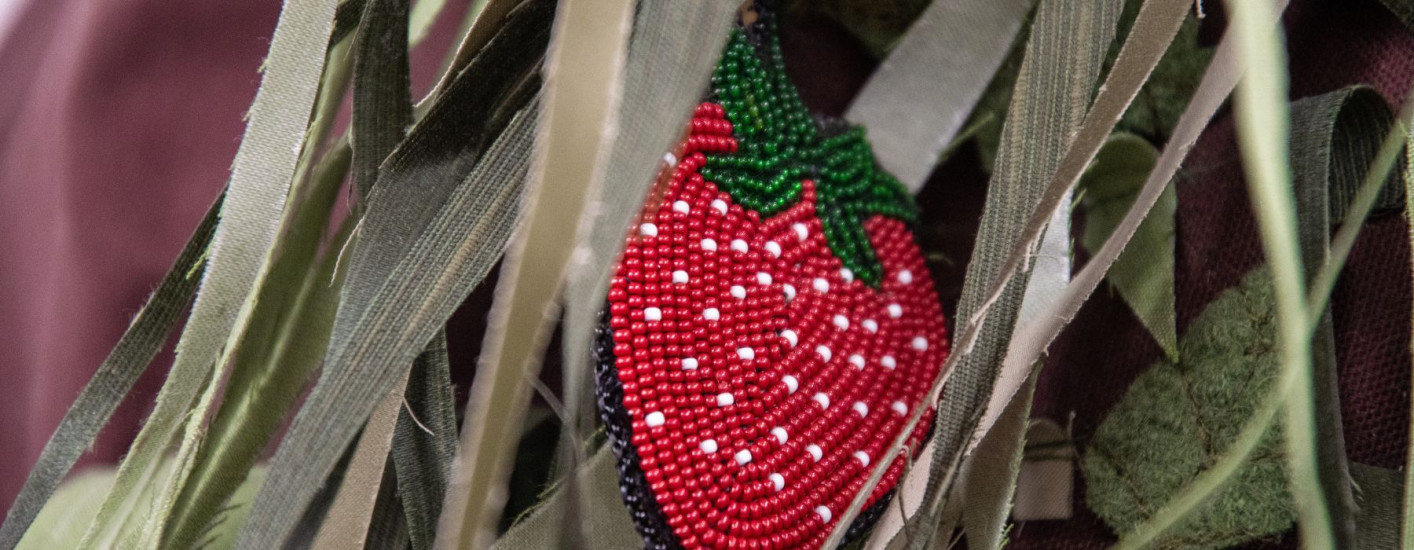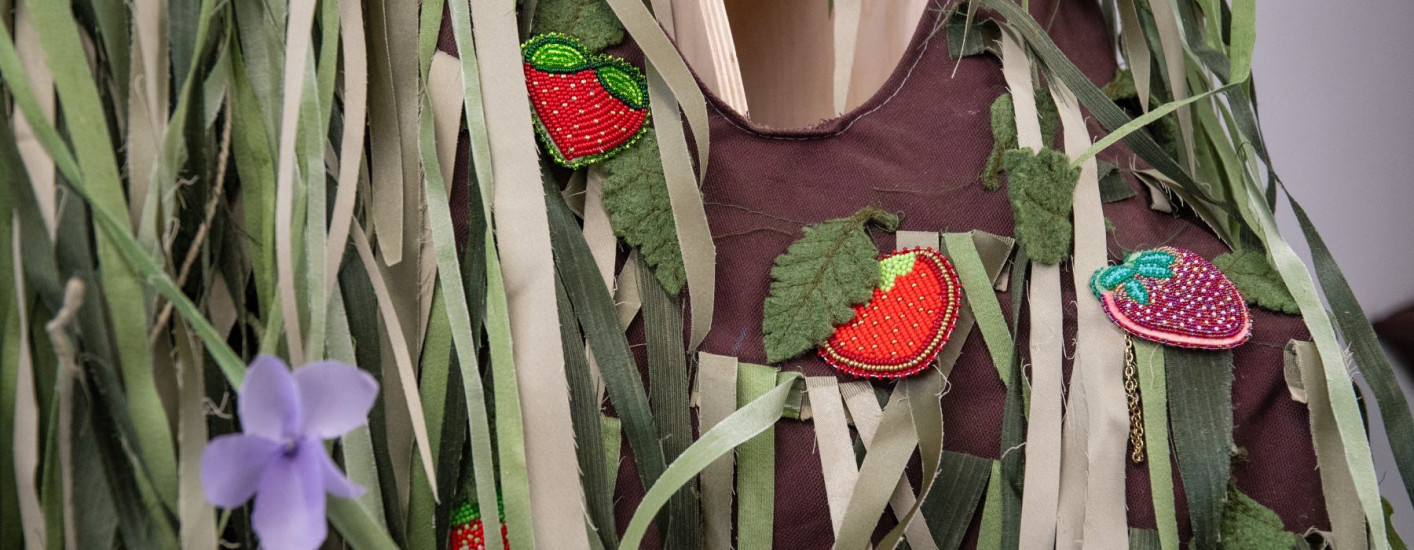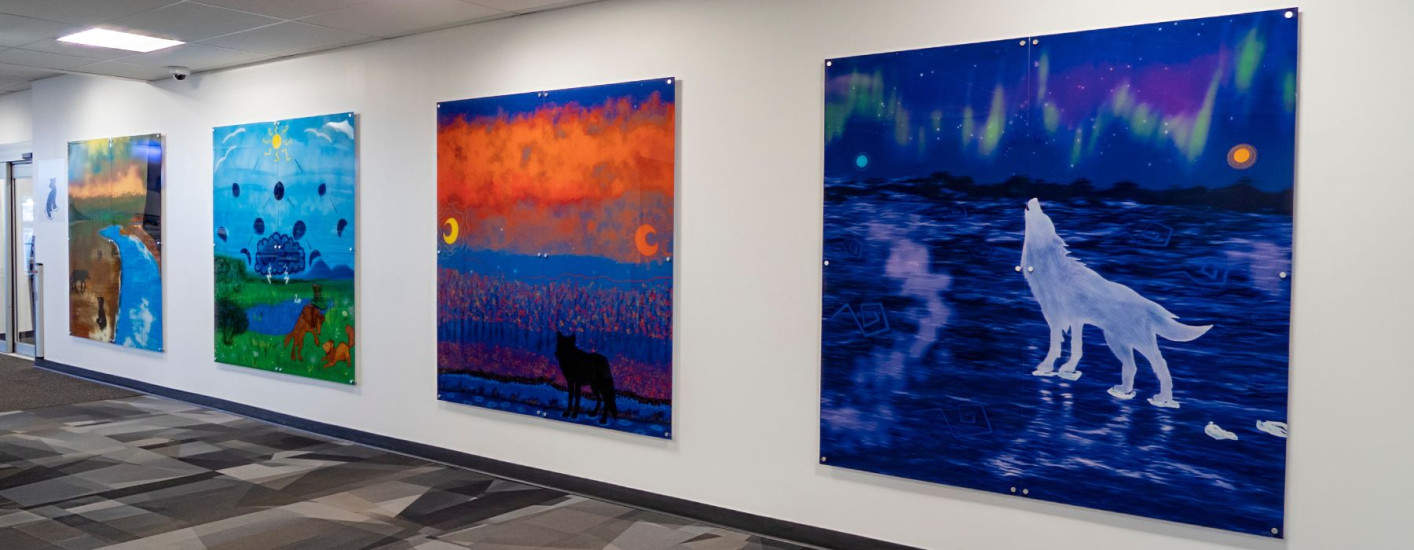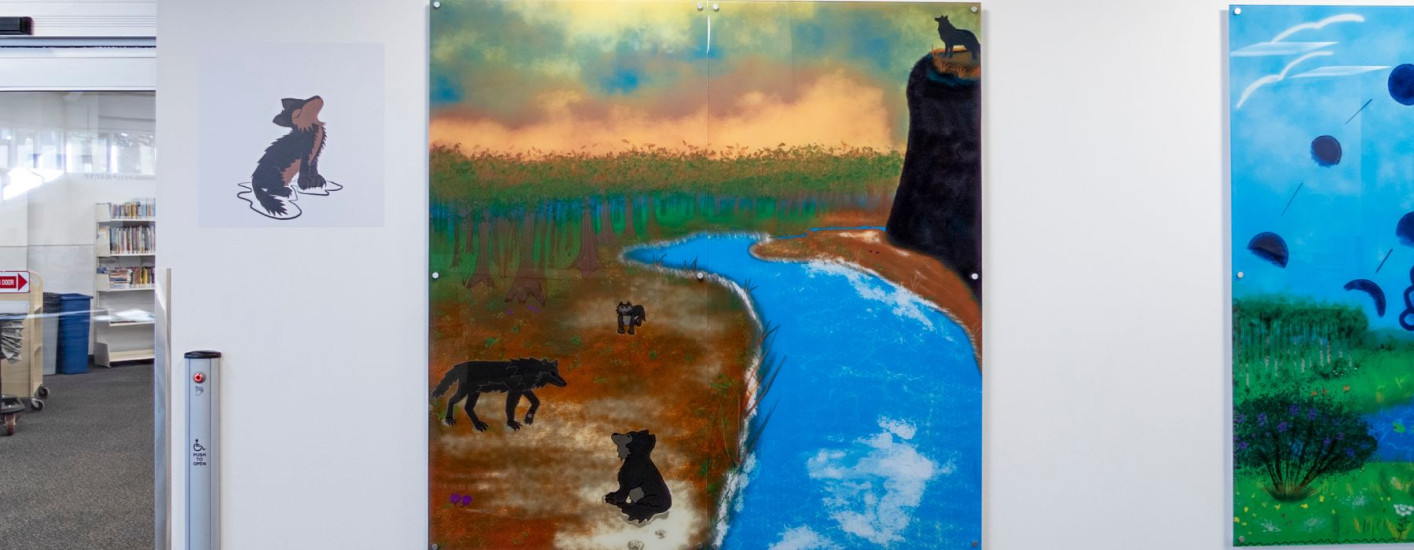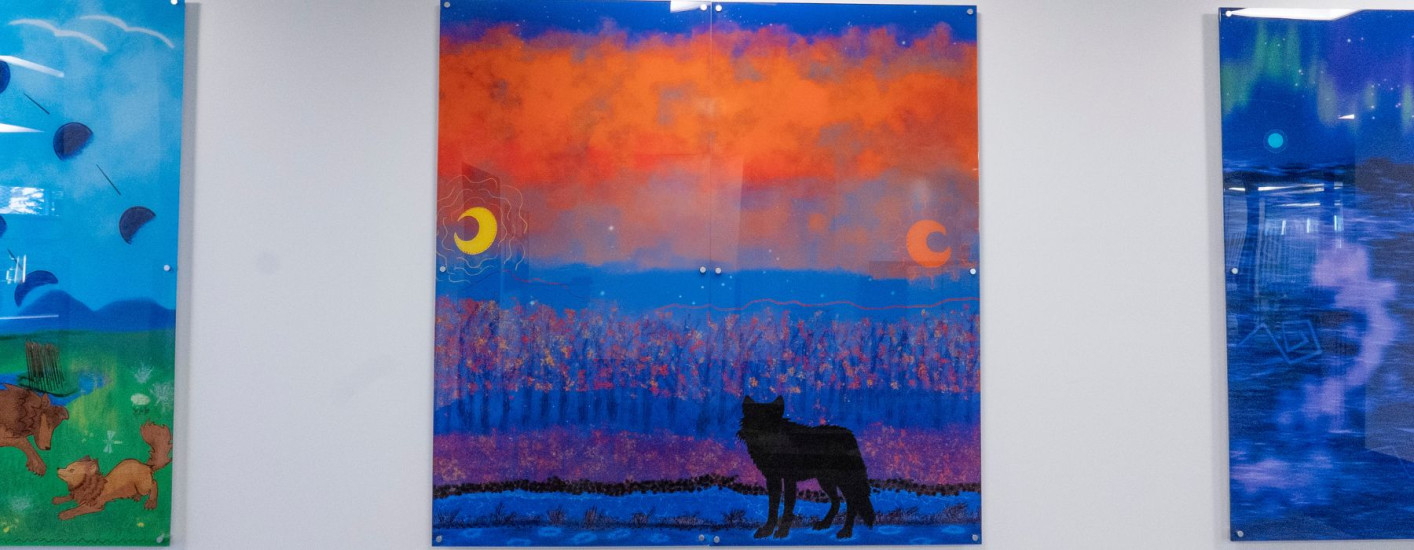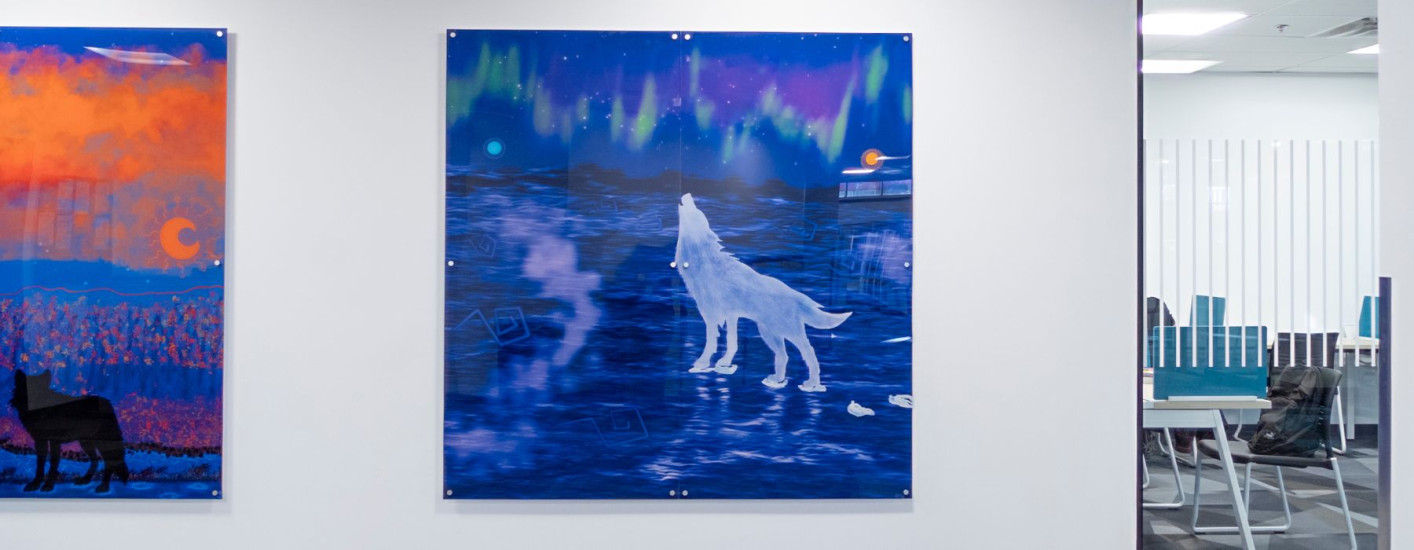About the Artist
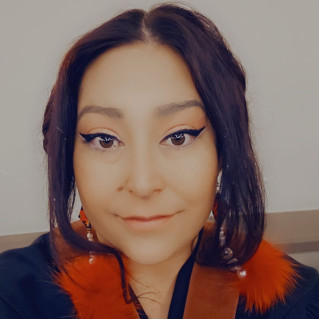
Stephanie One Spot is from the Sarcee (Tsuut’ina) First Nation. Growing up on the Tsuut’ina reserve by the Buffalo Paddocks, she would venture out and enjoy the land. She is inspired every day by her natural surroundings and enjoys gardening with her mother and hearing traditional stories told by her father. Through different materials and world building, she is interested in the relationship between the old world merging into the new contemporary world of her culture, and how that change impacts her views on and off reserve. She digitizes photos of everyday life and events, and through that lens explores the preservation of culture and spirituality. Her upbringing on the land has become an important part of her identity.
She graduated from Alberta University of the Arts in May 2024 and believes that through art, illustrating stories, and taking photographs, it teaches and preserves her culture for the next generation. Her inclusive nature has been an asset for collaborations throughout various projects for her Nation and the City of Calgary.
Her work includes working with photographs as reference, digital media, spray paint, sculpture, acrylics, mixed media, visual media, spoken word, projection, sound, and natural materials including animal hide, willow, sand, dirt, trees, and bark. An entrepreneur at heart, she is always creating new projects and finding strength through traditional knowledge. Her future goals are to continue to create stories, challenge herself through art, and preserve her culture for future generations.
You can view her artwork and past exhibitions at stephanieonespot.com.

